GPS

Our GPS course covers all the essential tools and techniques for handling GPS accurately and effectively, helping pilots avoid errors. Pilots will gain a deep understanding of key concepts such as RAIM, RNP, Noise, Bias, and Orbital Errors, WAAS and GBAS, GPS NOTAMs, Operational Guides, STAR procedures, Fly-over and Fly-by Waypoint techniques, Localizer Performance, and […]
TCAS II
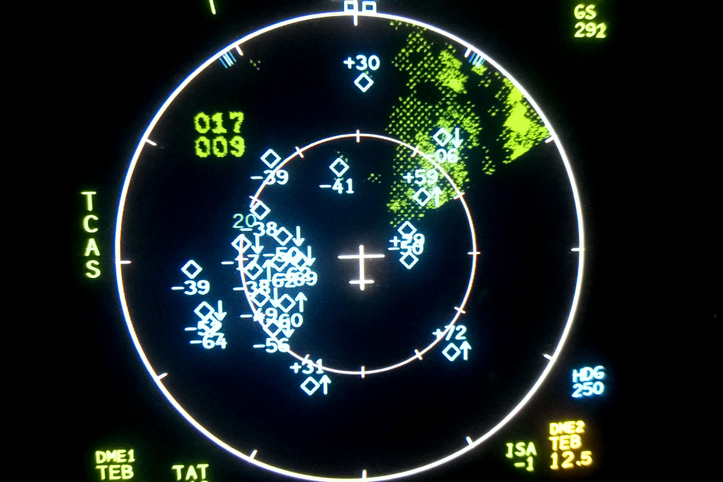
Our TCAS II course provides an overview of Traffic Collision Avoidance System (TCAS), detailing why it was developed and highlighting its significant safety benefits. This course is designed to equip pilots with an understanding of the fundamental concepts of TCAS. It ensures that, regardless of the specific product they use, pilots will have a clear […]
PRM-SOIA Procedures
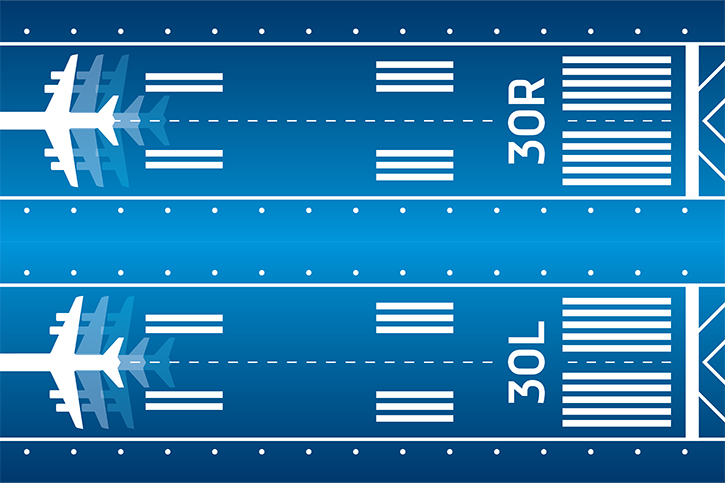
Our PRM-SOIA Procedures course provides a foundation for understanding how Precision Runway Monitoring (PRM) and Simultaneous Offset Instrument Approach (SOIA) procedures are conducted. This course delves into the essential contingencies used if aircraft cannot maintain appropriate distances during landing, ensuring an understanding of these critical procedures. Several key topics are covered, including general requirements, PRM […]
Aviation Physiology and First Aid Online Training Course
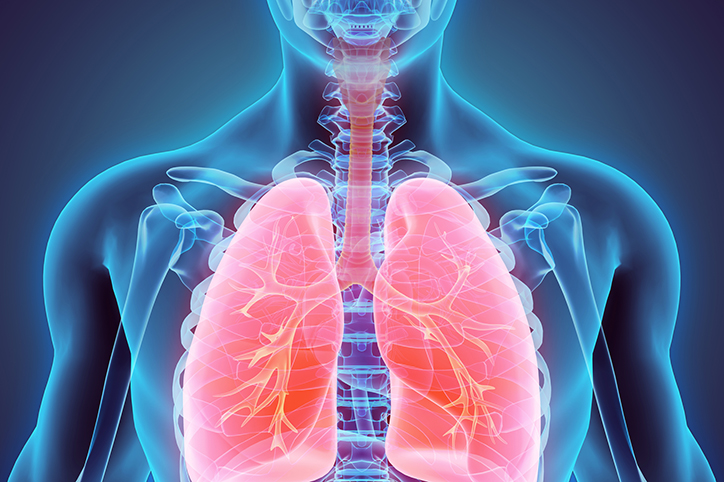
Our Physiology and First-Aid courses are designed for fixed-Wing or rotor-wing flight crews to meet the essential training requirements for altitude-related illnesses. These courses equip your crew to effectively respond to various in-flight emergencies, including illness, injury, or abnormal situations involving passengers or crew. This course covers critical topics such as decompression sickness, hypoxia, spatial […]
METAR and TAF Online Aviation Training Course
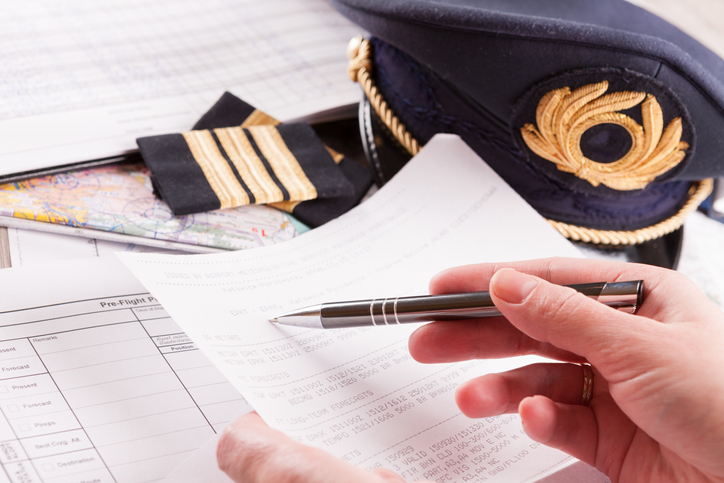
Our METAR and TAF course is designed to help pilots of Part 135, Part 125, and Part 91 understand coded weather reports and forecasts. This course offers a comprehensive introduction to the elements of aviation weather reports, how they are coded, and how to interpret them. Through this course, pilots will review METAR elements and […]
FAR Regulations

Our comprehensive FAR Regulations courses are tailored to meet the unique needs of Part 91, Part 125, and Part 135 operators. These courses also include coverage of maintenance regulations, ensuring robust compliance with the latest standards. The expansive curriculum includes Part 91 Subpart F, 14 CFR Part 1-97, 49 CFR Part 830, and 14 CFR […]
Single Pilot Resource Management
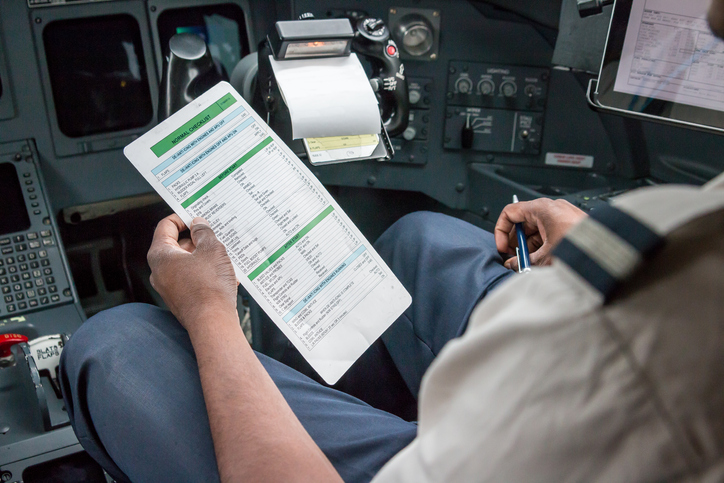
Our Single-Pilot Resource Management (SRM) course integrates crew resource management concepts to empower pilots with essential tools for every phase of solo flight. Delving into risk assessment, resource management, and decision-making, this training equips pilots with tools to adeptly evaluate hazards, mitigate risks, and navigate situations effectively. This SMS course lays a solid knowledge base […]
Winter Operations Online Aviation Training Course
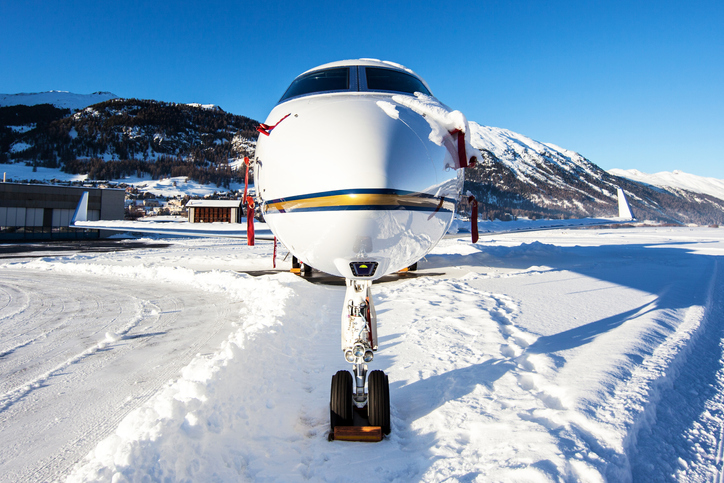
Our fixed-wing and rotor-wing Winter Operations courses focus on cold temperature subjects such as in-flight and ground icing, deicing procedures, various deicing and anti-icing fluid types, holdover tables, runway contamination, and the intricacies of operating in cold weather conditions. This comprehensive curriculum addresses the unique challenges of cold weather, including the effects of icing on […]
ADS-B Overview Online Aviation Training Course
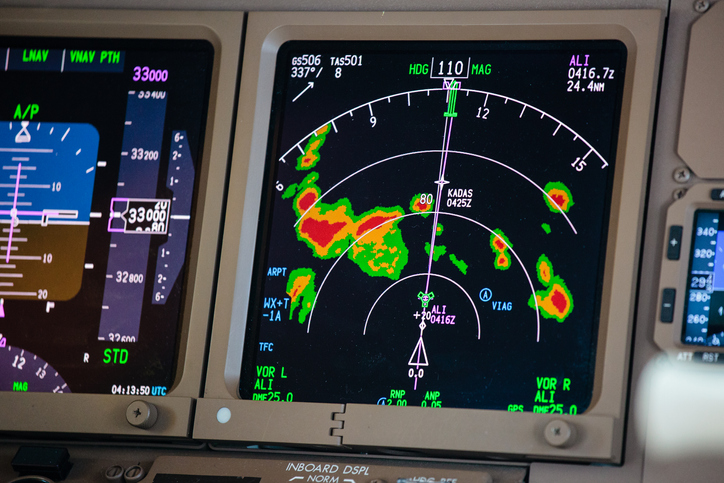
Our ADS-B Overview course ensures pilots develop a working understanding of their ADS-B equipment, including its proper use in compliance with regulatory requirements, the services it offers, and strategies for avoiding common human factors errors associated with ADS-B. This course covers a wide array of critical ADS-B topics including ADS-B installation and performance requirements, operations […]
Reduced Vertical Separation Minimum (RVSM) Online Aviation Training Course
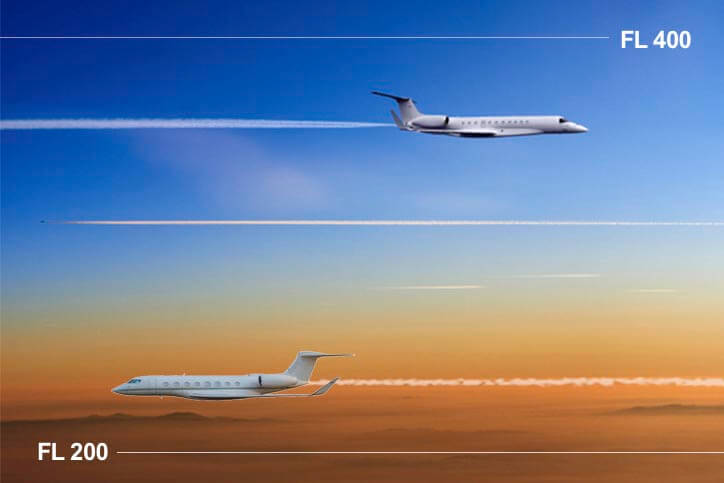
Our Reduced Vertical Separation Minimum (RVSM) course is tailored for pilots authorized to operate between FL290 and FL410. Pilots will gain crucial insights into safe operations within this airspace, enhancing airspace capacity and leveraging more fuel-efficient altitudes. This course covers RVSM procedures, turbulence management, minimum weather alternate (MWA) considerations, effective communications, and contingency actions. Through […]

